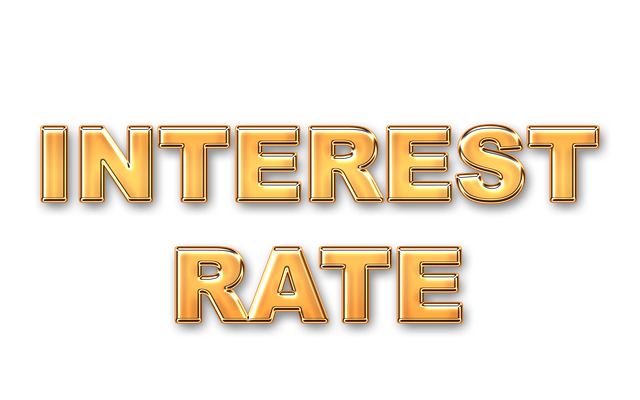In a competitive real estate market, affordability is key for buyers and lenders alike. Lenders use algorithms and underwriting guidelines while real estate professionals match clients with properties and financing based on income, credit score, debt, and savings to maintain a sustainable debt-to-income ratio. Important mortgage factors include loan amount, interest rates, term, and location, impacting affordability. Increasing affordable housing access involves strategies like tax breaks/subsidies, community land trusts, housing cooperatives, and robust public transportation, making urban living more accessible across income levels in the real estate sector.
In today’s competitive real estate market, understanding monthly payment affordability is crucial for both buyers and lenders. This article delves into the key factors influencing mortgage payments, offering insights on how various elements impact long-term financial obligations. By exploring these dynamics, we aim to provide strategies that can enhance affordable housing access, ensuring a more sustainable and inclusive real estate landscape. Key considerations include interest rates, down payments, and loan terms, all vital in navigating this complex financial terrain.
Understanding Monthly Payment Affordability in Real Estate

In the competitive world of real estate, understanding monthly payment affordability is paramount for both buyers and lenders. It involves a delicate balance between ensuring that borrowers can comfortably meet their financial obligations while maintaining a sustainable debt-to-income ratio. This isn’t merely about assessing income; it’s gauging the borrower’s overall financial health to make informed decisions.
Factors like credit score, existing debts, and savings play crucial roles in determining a buyer’s affordability. Lenders use sophisticated algorithms and underwriting guidelines to evaluate these elements, ultimately deciding on loan terms and interest rates. For real estate professionals, appreciating this dynamic is essential for matching clients with suitable properties and financing options that align with their long-term financial goals.
Factors Affecting Mortgage Payments and Their Impact

Various factors significantly influence mortgage payments, making them a critical consideration for prospective homebuyers in the real estate market. One of the primary determinants is the loan amount; larger mortgages often result in higher monthly installments due to the increased principal and interest being spread over a set period. Interest rates play a pivotal role too; rising rates can substantially impact affordability, making each payment more expensive.
Another critical factor is the length or term of the mortgage. Short-term loans typically have higher monthly payments but may save on overall interest paid over time. Conversely, extending the loan term reduces monthly costs but results in paying more interest during the extended period. Property location and market fluctuations can also affect affordability, with areas experiencing rapid appreciation potentially increasing borrowing costs.
Strategies to Enhance Affordable Housing Access

Increasing access to affordable housing is a multifaceted challenge in the real estate sector. One strategy involves incentivizing developers to build low-cost units by offering tax breaks or subsidies, which can make projects more financially viable. Another approach is to promote community land trusts, where local organizations hold land for long-term rental or ownership at below-market rates.
Additionally, governments and non-profits can collaborate to create housing cooperatives, allowing residents to collectively own and manage their properties, thereby reducing individual financial burdens. These initiatives, combined with robust public transportation infrastructure, can make living in urban areas more accessible without straining household budgets, ensuring a diverse range of real estate options for all income levels.






